
Float switch works based on the principle of buoyancy and magnetic operation.
Here's a detailed explanation:
Structure: A float switch typically consists of a float, a magnetic element embedded within the float, and a reed switch encapsulated in a glass tube filled with an inert gas.
Principle of Buoyancy: The float rises and falls with the change in liquid level due to the principle of buoyancy. When the liquid level rises, the float floats upwards; when the liquid level falls, the float sinks downwards.
Magnetic Operation: As the float moves up or down, the magnetic element embedded within it approaches or moves away from the reed switch. The reed switch consists of a pair of flexible, magnetizable, and conductive reeds. When the magnetic element is close enough to the reed switch, the magnetic field causes the reeds to change state, either from an open to a closed position or vice versa.
Electrical Signal: This change in state of the reed switch produces an electrical signal. When the reeds are closed, the circuit is completed, allowing current to flow; when the reeds are open, the circuit is broken, and current flow is stopped.
Control and Monitoring: This electrical signal can then be used to control pumps, valves, or other devices based on the liquid level. For example, if the liquid level reaches a certain high point, the float switch can trigger a pump to start draining the liquid.
Advantages: Float switches are known for their simplicity, reliability, and cost-effectiveness. They are widely used in various industries for level control and monitoring applications.
In summary, a float switch works by using the principle of buoyancy to move a float with a magnetic element, which in turn activates a reed switch to produce an electrical signal for level control and monitoring purposes.
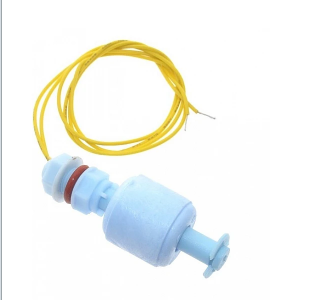
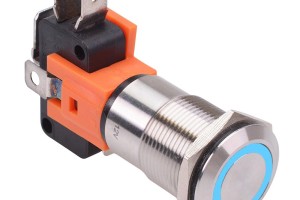
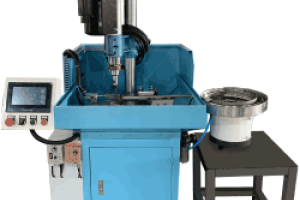

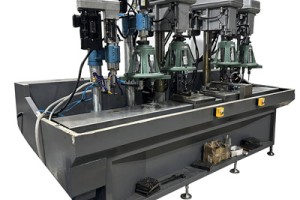



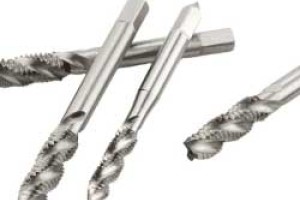
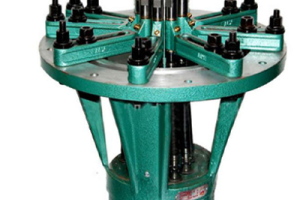
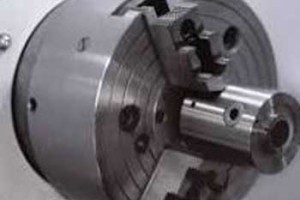
Leave a comment